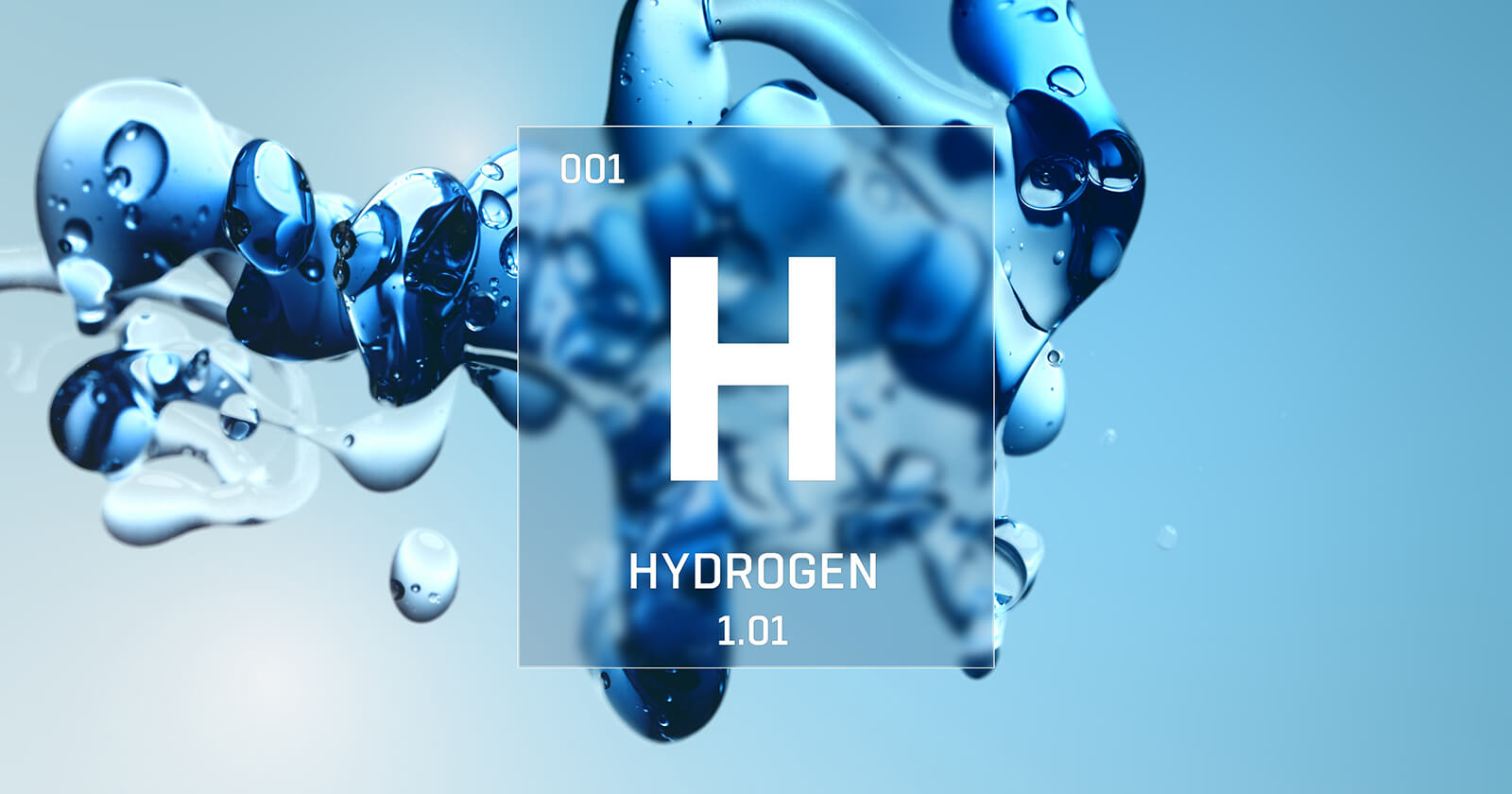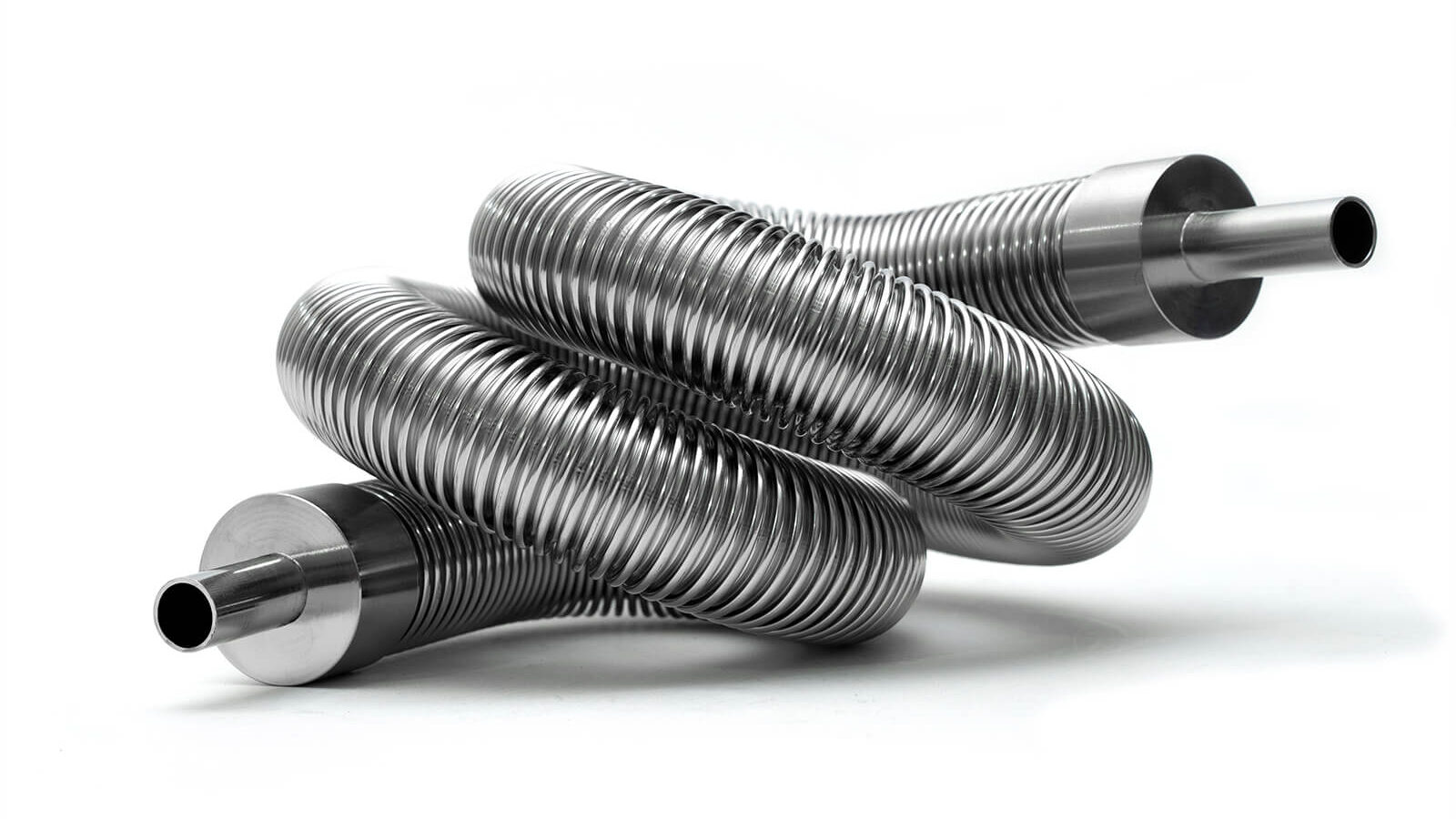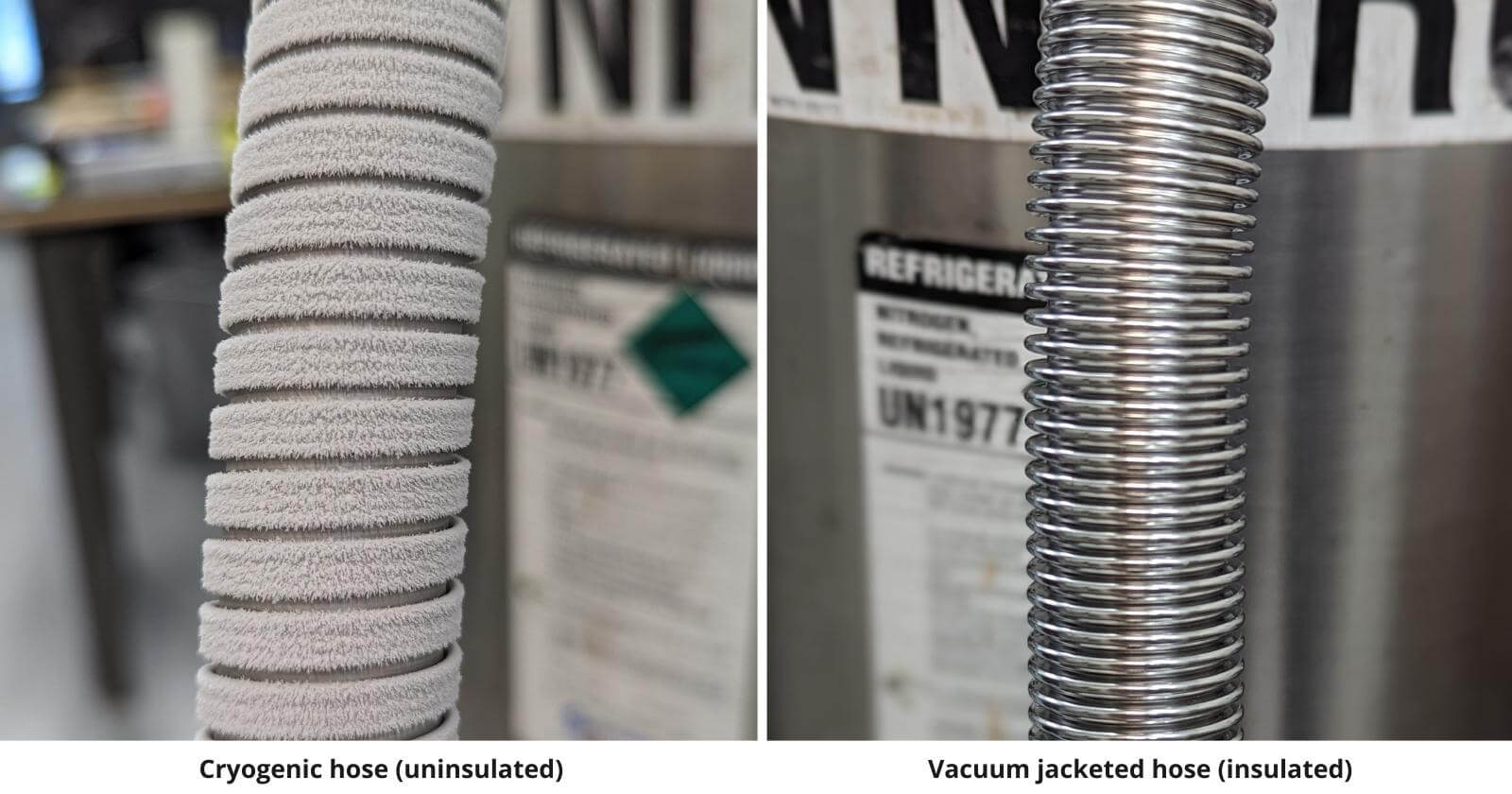A range of materials may be used with hydrogen including stainless steel, composite pipes, carbon steel, and low-alloy steel. But stainless steel provides the ideal combination of high strength, corrosion resistance, and performance for hydrogen applications. It is suitable for gaseous and liquid hydrogen service and serves an extensive temperature range, including cryogenic temperatures. Stainless steel is used for hydrogen storage, piping systems, fuel cells, and storage tanks. Of the four types of stainless steel (austenitic, ferritic, martensitic, and duplex), austenitic-grade stainless steels are ideal for hydrogen service.
Austenitic stainless steel
Type 304/316 austenitic stainless steels are widely used for liquid hydrogen services because they can resist the cryogenic temperatures (approx. -253 degrees Celsius). At such low temperatures, austenitic stainless steels exhibit good ductility and energy absorption behavior which is essential to maintaining safety. At the same time, the hydrogen diffusion rate of austenitic stainless steel is significantly less when compared to other available materials. The excellent corrosion resistance of stainless steel in corrosive environments keeps them ahead of other hydrogen piping materials.
304/304L vs. 316/316L
In Comparison of Stainless Steels for High-Pressure Hydrogen Service, Chris San Marchi and Brian P. Somerday established that 316/316L austenitic stainless steels are a better choice than 304/304L for hydrogen piping.
Important considerations for hydrogen systems
Selecting materials for a hydrogen piping system is a critical task. Hydrogen interacts with many materials, and choosing the wrong one can cause multiple issues. Some of the most common concerns are:
- Hydrogen embrittlement
- Hydrogen induced cracking
- Hydrogen stress cracking
- Loss of ductility
While selecting materials for hydrogen piping systems, engineers carefully consider the possibility of hydrogen embrittlement. Hydrogen embrittlement refers to the dissolution and diffusion of hydrogen into steel. This process reduces ductility and degrades the mechanical properties of the material.
Engineers must also carefully consider property changes at lower temperatures. For lower temperature applications, an impact test may be necessary.
Types of stainless steel hoses for liquid hydrogen
Two types of stainless steel hoses are used for liquid hydrogen service: cryogenic hoses and vacuum jacketed hoses. Although these hoses are both made with stainless steel, they are significantly different products that may have significant effects on your system’s performance.
-
What’s the difference between cryogenic hoses and vacuum jacketed hoses?
At first, cryogenic hoses and vacuum jacketed hoses may look like very similar products. They are both used to transfer cryogenic fluids including liquid nitrogen, carbon dioxide, argon, oxygen, and … Read more



